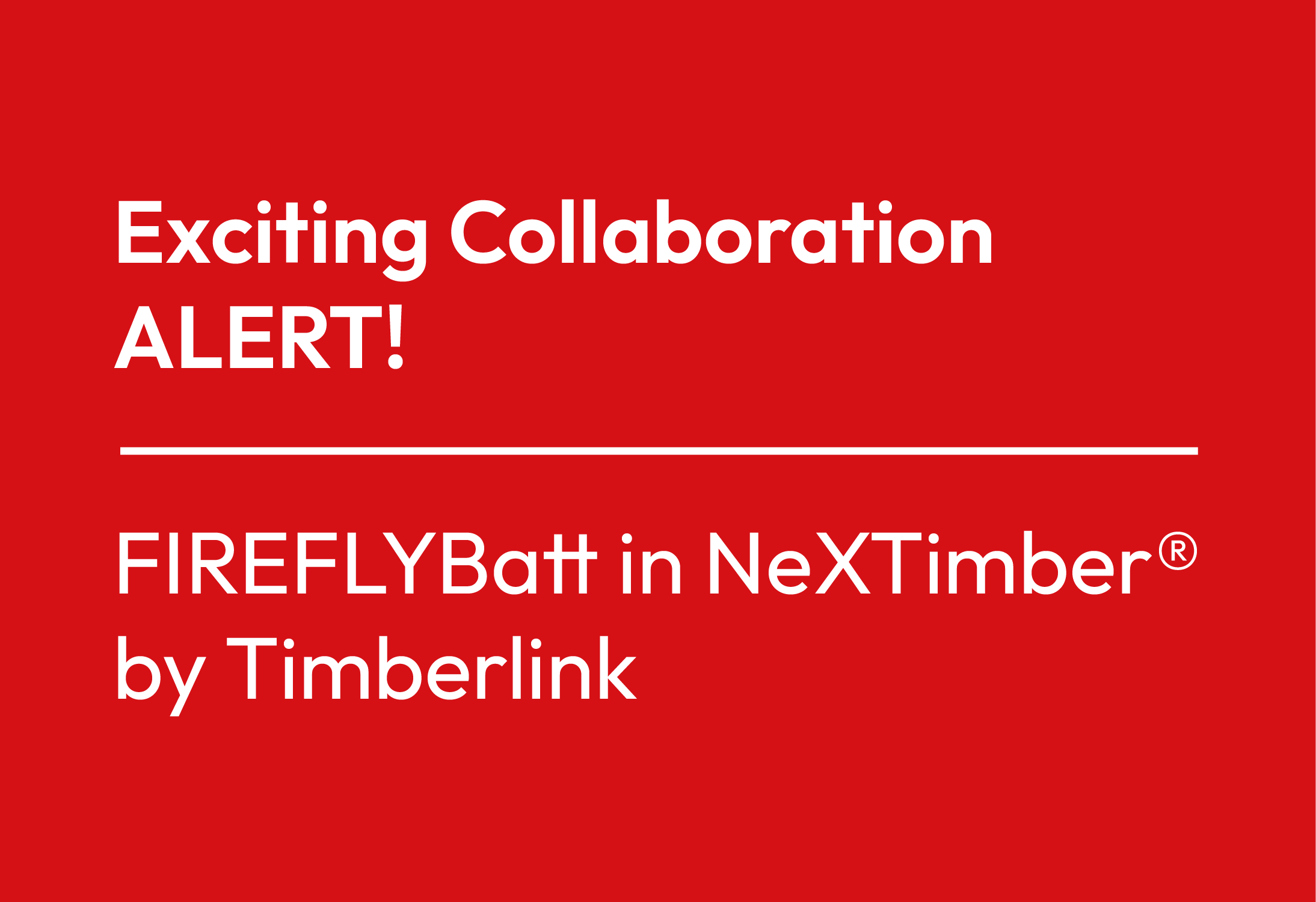Mass timber construction has gained significant popularity in recent years due to its sustainable and aesthetically pleasing attributes. However, like any building material, mass timber is susceptible to fire. Passive fire protection measures play a crucial role in ensuring the structural integrity and safety of mass timber buildings. This article explores the importance of Passive Fire Protection in Mass Timber Construction and highlights key strategies for implementation.
Before we delve further, let us understand the who’s who of the mass timber industry. Below, we discuss the types of Engineered Mass Timber available for the construction industry and their usage.
- Cross Laminated Timber(CLT) – CLT is made up of an odd number of layers of bidimensional lumbar with each layer placed at 90-degree orientation to the layer next to it. Bonded chemically with a very strong adhesive, CLT is one of the most popular engineered timber products and finds use as walls, roofs, floors, and ceilings in a timber building.
- Glue Laminated Timber (GLT)– GLT also popularly known as Glu-lam takes the same 2×4 or 2×6 pieces of lumber and lay the individual pieces of lumbar or laminations with the grains running in the same direction, parallel with the length of the member. A durable moisture resistant adhesive is applied to each lamination, and this set up is clamped together with a hydraulic press until the glue has cured. Because of the way it is made, Glu-lam makes for a uniform and very strong column structure and is also used for beams and girders.
- Dowel Laminated Timber (DLT)– DLT panels are constructed solely from wood. They are made of softwood layers held together by friction-fit hardwood dowels. The panels are frequently used to build floors and roof decks and are utilised similarly to CLT.
- Nail Laminated Timber (NLT)– NLT can be used to build walls and floors. It is produced by laying wood planks on their sides and attaching them with nails or screws to create panels. Without the requirement for a special production facility, these panels can be made from widely accessible, standard-size wood planks.
- Laminated Veneer Lumbar(LVL) – LVL is created from thin layers, or veneers, of wood. Like Glu-lam, the veneers are all orientated in the same direction after being finely sliced from wood under pressure and heat using an adhesive. It also means that, like Glu-lam, the material is frequently used to create beams and columns.
- Parallel Strand Lumber(PSL) – As the name implies, mass timber known as PSL is created by gluing together parallel strands of wood. Long, thin timber strands are glued together under intense pressure to produce a material with exceptional strength.
Mass timber has inherent fire-resistant properties and reacts to fire in a unique and predictable manner. When exposed to fire, mass timber undergoes a process called charring, which plays a key role in its fire resistance. Let us take a look at the entire combustion process of mass timber.
When exposed to heat from a fire, the outer layers of the wood begin to burn and form a layer of char. This char layer is porous and insulating and it develops at a relatively consistent rate. It acts as a protective shield slowing down the penetration of heat and fire into the core of the wood. This insulation slows down the rate of combustion of the inner wood, extending the time it takes for the timber to weaken. In some cases, the charring layer can create a barrier that limits the oxygen supply to the burning wood, leading to self-extinguishing of the fire in the charred layer itself.
In most countries, building construction is required to meet the local building code, which in simple terms is the minimum set of standards for livability and building safely. Adhering to local building codes and regulations related to fire protection is essential. Authorities often specify fire rating requirements (better known as ‘FRL’) for various building elements, directing the choice and application of suitable passive fire prevention systems.
The three components that constitute the fire resistance level or FRL are structural adequacy, integrity and insulation – often depicted in minutes, for example – 120/120/120 or -/120/60.
- Structural adequacyprovides the duration in minutes through which the structure or a building element can maintain its stability and load bearing capacity during a fire.
- Integrityprovides the duration in minutes until which the structure or building element can resist the passage of flames and hot gases during a fire.
- Insulationprovides the duration in minutes until which the structure or building element can maintain a temperature on the surface not exposed to flames below the limits specified in the relevant standard.
Hence, a 120/120/120 FRL means that the building element is able to structurally withstand a fire while maintaining its integrity and insulation for 120 minutes.
Passive fire protection refers to the use of fire-resistant materials and design techniques to prevent or slow down the spread of fire. We will go through some important Passive Fire Protection strategies that, when used properly, significantly slow the development, and reduce the spread of fire, providing valuable time for occupants to evacuate and for firefighters to control the blaze.
- Compartmentalisation – The open nature of mass timber construction can expedite the spread of fire.Dividing mass timber buildings into compartments using fire-resistant partitions and walls can greatly reduce the spread of fire. It also contains fire within a specific area of a building which allows for greater evacuation times and allows a concentrated effort from the firefighters to attack the fire in its area of origin.
- Intumescent coatings – Intumescent coatings contain substances that swell when exposed to heat. This reaction to heat increases their volume but decreases their density at the same time. This property of intumescence is typically used in passive fire protection to prolong the fire resistance of the timber element.
- Fire-Resistant Cladding – Fire-resistant cladding materials such as gypsum board or cementitious panels which have an FRL, can be used to cover the exterior of mass timber elements. They provide an extra layer of protection, by concealing wood from direct exposure to fire.
- Encapsulation in concrete – Encapsulating mass timber elements within a concrete layer not only enhances fire resistance but also offers structural benefits. This strategy is commonly used in hybrid construction systems.
In mass timber buildings, where large wood members are exposed, passive fire protection becomes even more critical to maintain structural stability. The slow burning process plays a key factor in fire resistance of mass timber. However, prolonged exposure to fire can compromise its structural integrity. Engineers can calculate the expected rate of charring and the corresponding reduction in strength over time, selecting adequately sized beams to negate the loss of thickness to fire and still maintain the structural adequacy and insulation. But a system is as strong as its weakest element. Like any other form of construction the joints and connectors are the weakest points of a structure. It is at these points that the building loads are transferring from one element to another. Hence it is of critical importance that these points are protected from fire.
A metal plate used to connect walls, columns, beams, or girders (made of either steel or aluminum) is required to be installed at a specific depth within the element to ensure it is protected from direct exposure to flames. However, the gap between two building elements at the point of connection still provides access for heat to react with the connector. Effective application of passive fire protection to these joints/connectors is crucial to increase the structural integrity of a timber building.
No building is complete without the plethora of building services designed to increase the comfort of modern living. And where there are services, service penetrations through building elements are unavoidable. When these services penetrate a fire-rated element, it is vital to restore its FRL. Fire stopping solutions tested to local standards, commonly called tested systems, can help in maintaining the FRL of building elements. For various HVAC, Plumbing, Electrical and Structural service penetrations, these can include the use of fire dampers, fire-rated collars, acrylic and intumescent sealants, fire-rated thermal laggings, and mineral wool barriers.
With greater focus on fire safety in the building construction sector, it is an excellent opportunity for designers, manufacturers, engineers, installers and surveyors/certifiers to work together to develop techniques that are not only effective but also cost efficient. By combining reliable and effective active and passive fire strategies, designers and builders can create structures that not only showcase the beauty of wood but also prioritise the safety of occupants and surrounding environment.
TBA Firefly with its rich history in Passive Fire Protection has developed unique solutions for the mass timber construction industry. We have tested solutions for service penetrations, joint/connector protection, and fire-rated cladding. We also assist with building projects by providing technical expertise on passive fire products. For more information, contact us today at sales@tbafirefly.com.au) or 02 8004 3333.




